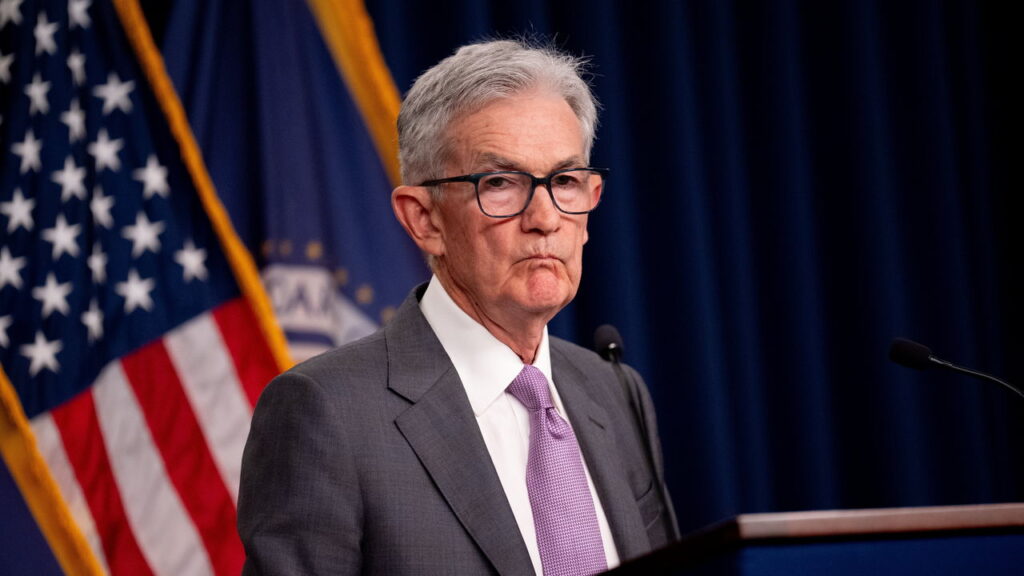Between early 2022 and mid-2023, the U.S. Federal Reserve enacted a series of aggressive monetary policy adjustments not seen since the early 1980s. During this period, the central bank undertook a strategy of tightening to combat inflationary pressures that had surged across various sectors of the economy. This approach culminated in significant increases to the federal funds rate, which was elevated from a historically low range of 0-0.25% to a more robust range of 5-5.25%. Such a dramatic shift reflects the Federal Reserve’s urgent response to economic indicators suggesting rising inflation and overheating in consumer prices.
The policy tightening aimed to rein in excessive demand and curb inflation, which had reached levels that concerned both policymakers and economists. Inflationary pressures were observed across a diverse array of goods and services, from everyday consumer products to essential commodities like energy and food. Recognizing the urgent need to stabilize prices, the Federal Reserve implemented several rate hikes, and by mid-2023, these efforts appeared to be having an effect on the economy.
In this context, the next meeting of the Federal Open Market Committee (FOMC), scheduled for September 17th and 18th, is particularly significant. Investors and market analysts alike are closely monitoring this upcoming meeting, as it is widely anticipated that the Fed will begin to pivot towards a more accommodative stance by cutting interest rates. This potential shift is being driven by cooler-than-expected economic data that has surfaced in recent months, indicating a deceleration in economic growth.
As global and domestic economic conditions evolve, the Federal Reserve faces a challenging landscape of balancing inflation control with the risk of triggering a recession. Economic indicators, including employment rates, consumer spending, and manufacturing output, have painted a mixed picture. While unemployment rates have remained relatively low, concerns over declining consumer confidence and slower wage growth have cast a shadow over the economic outlook.
Amid these uncertainties, some analysts speculate that the Federal Reserve may undertake a relatively aggressive approach to rate cuts, with suggestions of a possible reduction of up to 0.5 percentage points. Such a move would represent a significant departure from the tightening measures employed over the previous year and could serve as a stimulus to encourage borrowing and investment as consumers and businesses navigate a more temperate economic environment.
The implications of this prospective rate cut extend beyond U.S. borders. Global financial markets could react strongly to shifts in U.S. monetary policy, influencing interest rates and financial conditions worldwide. Emerging markets, in particular, may benefit from a more accommodating U.S. monetary policy, as lower rates in the U.S. frequently lead to increased capital inflows into their economies. Conversely, the strength of the dollar and its influence on global trade might see fluctuations as investors adjust their expectations based on the Fed’s actions.
In conclusion, the period spanning early 2022 to mid-2023 marks a pivotal approach by the Federal Reserve towards monetary policy, characterized by rapid interest rate increases in an attempt to combat inflation. As stakeholders prepare for the upcoming FOMC meeting, the possibility of an initial rate cut highlights the dynamic nature of economic governance in response to shifting economic signals. The next steps taken by the Federal Reserve will not only shape the future of the U.S. economy but will also reverberate across global financial markets, impacting everything from investment strategies to consumer behavior. As policymakers navigate this crucial juncture, their decisions will be closely scrutinized by both domestic and international observers, with wide-ranging implications for economic stability and growth.



